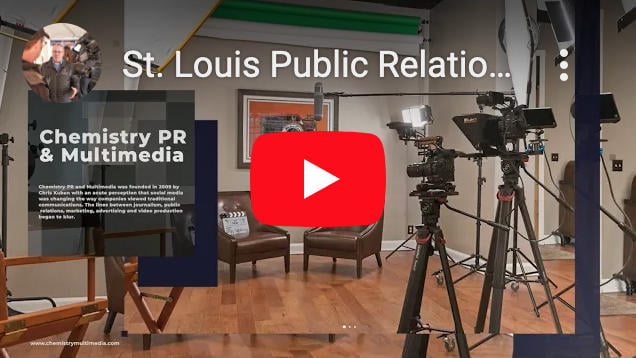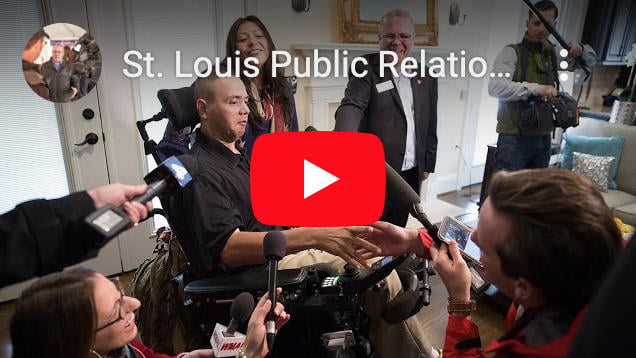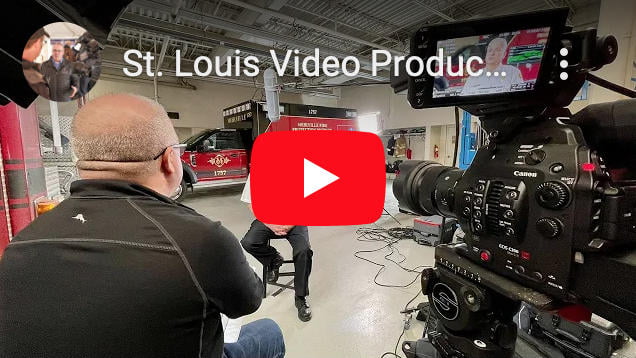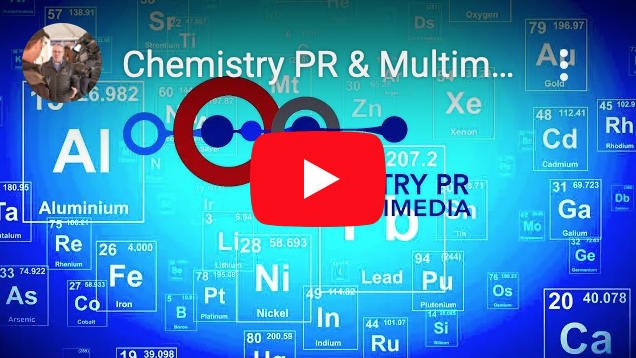Understanding Types of Media
When embarking on a Media Relations Strategy, this St. Louis PR Firm says you need to understand the different types of media available, how they’re perceived and the cost of each option. We believe it takes a mixture of multiple messages in multiple medias to effectively formulate your brand. So, let’s get started…
Media, in traditional terms, includes the various methods by which messages are communicated. Traditionally, when people talk about news media, they are referring to one of the two traditional formats:
- Broadcast media – television and radio
- Print media – newspapers and magazines.
- Digital Media – news, social, entertainment and educational content consumed online.
Within these traditional forms of media, there are two types of content: editorial and paid. For traditional print media or for television and radio stations, editorial content includes the articles printed and stories broadcasted through news outlets. The stories that run are selected by editors and producers who make the final decisions about which stories will be included in the next issue or broadcast.
 Paid content is exactly that – pay to play. It costs to run a media business – from personnel to office supplies there are day to day expenses. The revenue from this paid content keeps media outlet in business. Advertising and editorial sides coexist, but mostly independently of each other. In an ethical operation, a large advertising buy doesn’t influence the actions of an editorial staff by insisting that they run a favorable story or downplay negative press. In fact, editorial staff usually have little, if any, knowledge of who the advertising staff is working with.
Paid content is exactly that – pay to play. It costs to run a media business – from personnel to office supplies there are day to day expenses. The revenue from this paid content keeps media outlet in business. Advertising and editorial sides coexist, but mostly independently of each other. In an ethical operation, a large advertising buy doesn’t influence the actions of an editorial staff by insisting that they run a favorable story or downplay negative press. In fact, editorial staff usually have little, if any, knowledge of who the advertising staff is working with.
On the other hand, the editorial and advertising sides need one another. The advertising side needs to generate enough revenue to pay the bills, while the editorial side must produce stories that audiences are interested in. Compelling stories attract larger audiences, which makes the media outlet a more attractive place for companies to advertise. Companies recognize that the more eyes and ears exposed to the editorial content, the the greater the reach and positive the impact of advertising efforts.
For most of the last century, the relationships described above characterized the way media outlets typically worked. But over the last 25 years, the landscape has changed drastically with the rise of the internet and social media. In today’s environment, a media company does a lot more than run a single television station or newspaper. Larger media companies own several stations or publications, and each of those outlets has its own website and social media channels. The reporters, editors, and producers have their own social media handles, too. So, in today’s world, PR practitioners tend to think less about editorial content versus advertising and more about the three forms of media:
Earned Media
Earned media includes traditional stories picked up by news outlets, but it can also include comments on websites and shares on social media – any coverage that someone chooses to share without the featured company or organization paying for exposure.
Paid Media
Paid media works likes advertising in traditional outlets. A company pays to get its message out, whether it’s a 30-second television spot during the Super Bowl or a sponsored social media post designed to reach audiences that match certain specific demographic characteristics or areas of interest.
Owned Media
A real gamechanger over the last couple decades has been the rise of owned media. In the past when media was confined to major print publications or TV and radio, the amount of content needed to fill pages or broadcast hours was limited. But with today’s technology, the options for sharing stories and information are greater than ever.
No matter the industry or interest, there are likely to be websites, social channels and podcasts about it. Behind the scenes in each of these media are editors and journalists who are still seeking ideas for content and welcoming pitches for compelling stories that keep audiences engaged and coming back for more.
Despite all the changes mentioned here pitching stories is not easy. A Muck Rack study published in 2021 showed that the average journalist covers 3 or more beats. Years ago, journalists often covered just one. Today’s journalists are following a lot more topics, and by extension, have more story ideas pitched to them than ever before, regardless of the forms of media they work in.
While many journalists continue to work for print or online media, just 10% work in TV and 8% work in radio. Others work primarily for podcasts or electronic newsletters, and still others work across mediums. Thinking about a story and how it can play across a variety of channels is an important part of pitching.
Let’s address the question – How does one pitch a story when there are so many ways it could be presented? When thinking about pitching a story or making an appearance on a digital outlet, it helps to remember that newer outlets are often simply adaptations of traditional forms:
- Internet news sites and blogs are the new print
- Podcasts are the new radio
- Videos on YouTube or TikTok are the new television
The principles of media relations that have held true for the last several decades will still serve the PR professional well today, regardless of how and where the story appears.
 Chris Kuban started Chemistry PR and Multimedia with a vision to effectively formulate corporate and non-profit brands across the country. He is an expert in Media Relations, Event Management and video production. Working with a team of local and national suppliers, vendors, employees, and consultants has allowed him to coordinate more than 246 national events that help deliver the ROI his clients seek. Follow him on Twitter or connect with him on LinkedIn. Chris is proud that his firm is ranked one of the Best St. Louis Public Relations Firms in the region.
Chris Kuban started Chemistry PR and Multimedia with a vision to effectively formulate corporate and non-profit brands across the country. He is an expert in Media Relations, Event Management and video production. Working with a team of local and national suppliers, vendors, employees, and consultants has allowed him to coordinate more than 246 national events that help deliver the ROI his clients seek. Follow him on Twitter or connect with him on LinkedIn. Chris is proud that his firm is ranked one of the Best St. Louis Public Relations Firms in the region.









